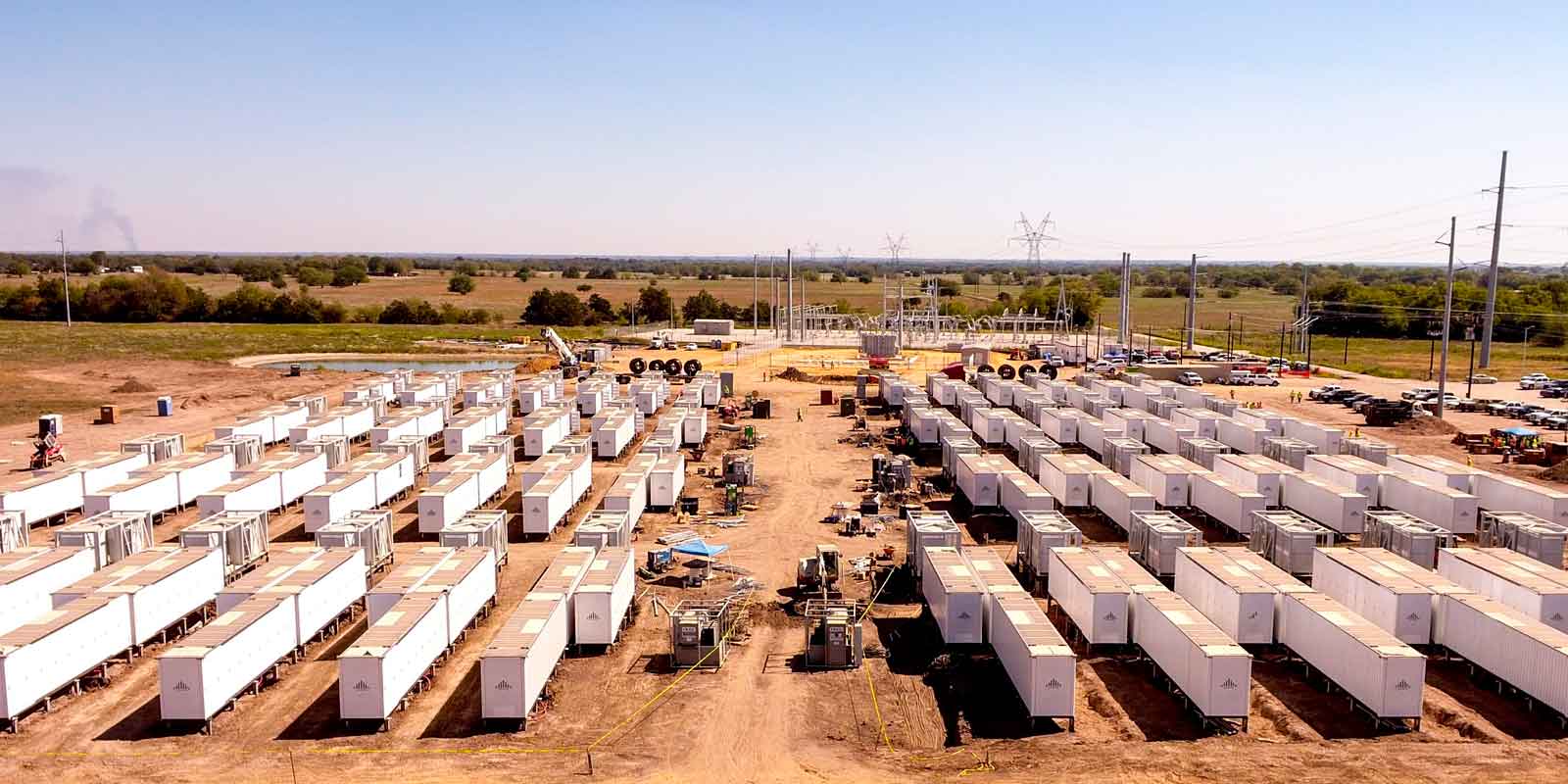During the meeting, Jeriotte Ragsdale, a senior engineer at PJM, presented on the development of a new tool called Nextgen. Nextgen is designed to align with the new cycle-based interconnection process and serve as a comprehensive lifecycle management tool for all stakeholders involved in the planning process. It aims to streamline the application intake, data collection, milestone tracking, and communication processes. Nextgen will also incorporate automation to improve efficiency and timely updates for project developers and other stakeholders.
Christine Schriver, a construction engineer at PJM, discussed the importance of submitting accurate and timely as-built documentation following the completion of a project. As-built data, along with a dynamic model, is crucial for future interconnection studies and RTEP (Regional Transmission Expansion Planning) studies. She highlighted the responsibilities of project developers in submitting the required data and addressing any identified deficiencies promptly. PJM will invoice for the resources used to perform the as-built study, and the project cannot be financially closed out until the study is complete.
Vasiliki Karandrikas from PJM’s law department provided an update on PJM’s compliance filing for Order Number 2023. This order introduced reforms to enhance the standardized generation interconnection procedures used by RTOs like PJM. PJM’s compliance filing addressed issues related to the implementation of a cluster study process, speeding up the interconnection queue process, and incorporating technology advancements. PJM requested independent entity variations for certain aspects to ensure a smooth transition and avoid disruption to ongoing projects.
During the meeting, there were also discussions about site control requirements in the interconnection process. Presenters from EDF Renewables, Pinegate Renewables, Reverber Noble, and Genex Solar expressed concerns about PJM’s guidance on site control and proposed an alternative interpretation that allows for more flexibility. They emphasized the challenges of site control during the development process and the need for a reasonable interpretation to avoid unnecessary obstacles.
Overall, the meeting provided detailed information on the tools, processes, and requirements related to interconnection studies, as-built documentation, compliance with regulatory orders, and site control. Participants had the opportunity to ask questions and engage in discussions with the presenters to gain a better understanding of these topics.



